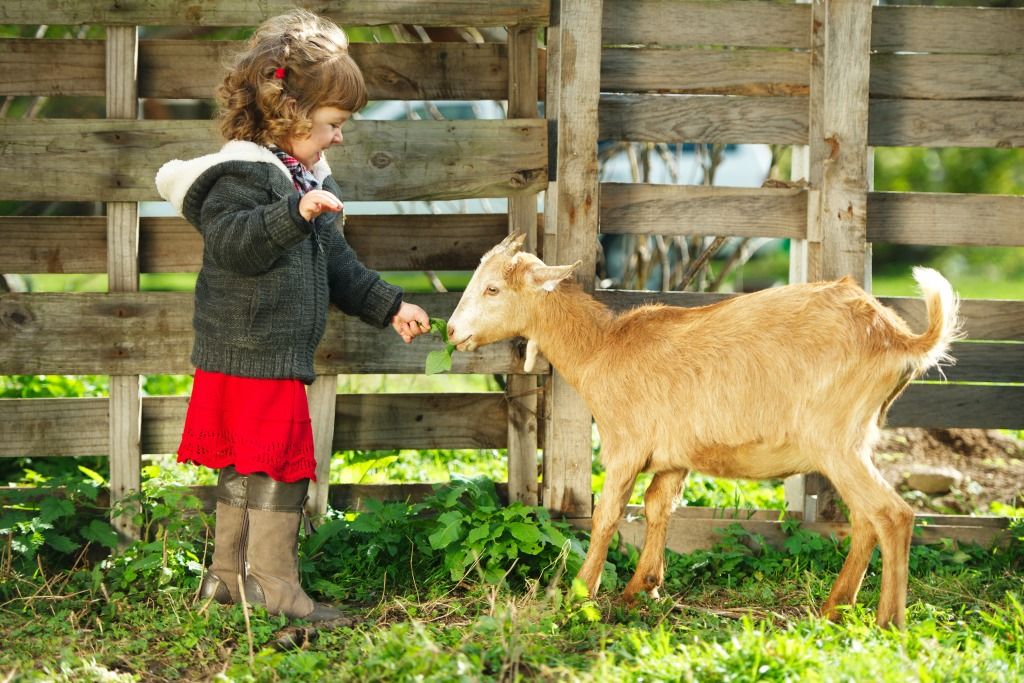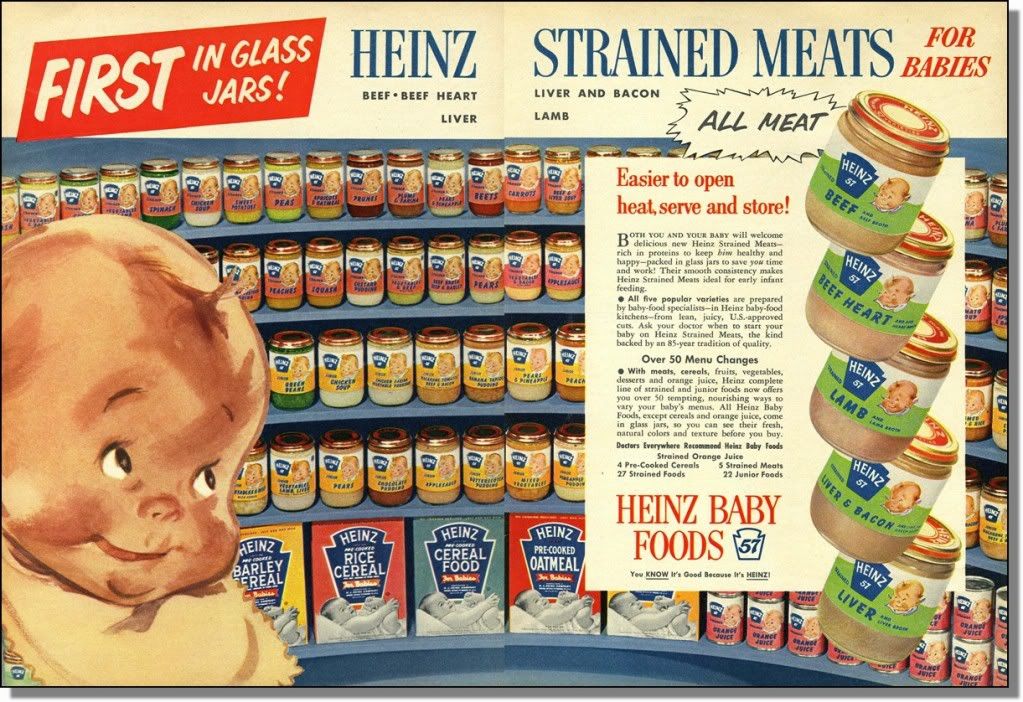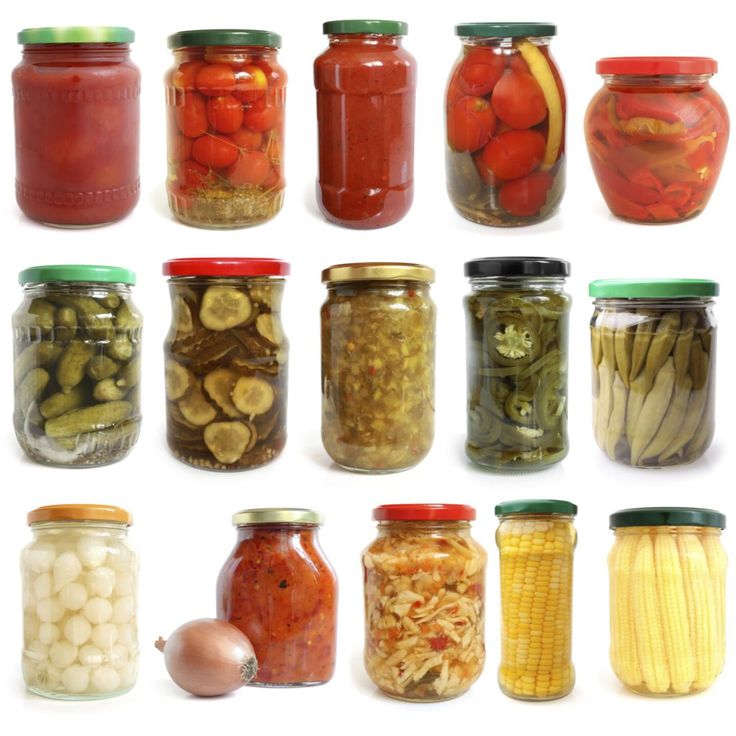Heated baby food dishes
Best Travel Baby Food Warmers
If your baby is new to solid foods, it’s likely your baby is used to having warm food. But what about when you travel? If having the ability to provide warm food for your baby while traveling, a good option is a portable baby food warmer.
Managing baby food while traveling can be a little more challenging, since you need a place to stop and feed your baby. Rather than returning to your hotel room or vacation rental, a baby food warmer for traveling can make feeding your baby on-the-go even easier, especially for those babies who can be a little finnicky about food temperature.
The best part is that many of these travel baby food warmers work are also travel bottle warmers as well! So you don’t even need to buy a separate baby travel product!
Here’s our list of the best baby bottle and food warmers recommendations to make buying yours a piece of cake.
Best Portable Baby Food Warmers
- Types of Portable Baby Food Warmers
- Using Hot Water to Warm Baby Food
- Electric Portable Baby Food Warmer
- What to Look for in a Portable Baby Food Warmer
- 1.
Size for Travel
- 2. Cleaning
- 3. Compatibility for Baby Food Jars or Pouches
- 4. Length of Warming Time
- 5. Temperature Retention Rate
- 6. Power Outlet
- 1.
- Best Travel Baby Food Warmers
- 1. Tommee Tippee Closer to Nature Portable Travel Baby Food Warmer
- 2. BEABA Fast Baby Food Warmer
- 3. Kiinde Kozii Voyager, Compact Travel Food Warmer
- 4. Papablic Mini Portable Travel Baby Food Warmer
- 5. bblüv - Platö - Warming Feeding Plate
- 6. DaCool Insulated Food Jar
- 7. Chicco Two-in-One Bottle & Baby Food Warmer
- More Baby Travel Gear
- Pin It For Later!
This post contains compensated links.
Types of Portable Baby Food Warmers
Using Hot Water to Warm Baby FoodIf you don’t like to bother with cables and electricity, using hot water to heat your baby travel food warmer is considered the simplest way. Many parents prefer this type since it allows them to prepare their baby’s food or bottle ahead of time.
Many parents prefer this type since it allows them to prepare their baby’s food or bottle ahead of time.
Although getting the perfect temperature each time can be a bit of a hassle, water baths guarantee that food is heated uniformly, preserving its natural characteristics.
All you need to do is fill your portable food warmer with warm water and place your baby’s food in it for under 15 minutes. Always ensure that the container is sealed properly to avoid leakage.
Electric Portable Baby Food WarmerElectric or battery-operated baby food warmers are convenient when facilities for a hot water bath are unavailable. These portable travel baby food warmers are compact and favored by parents who value efficiency and function.
While some may be a bit large to travel with, they are great when you have extra space lik eon your next road trip with a baby.
What to Look for in a Portable Baby Food Warmer
1. Size for Travel
Look for a baby food warmer for travel that’s compact enough to fit your travel style. If you pack as lightly as possible, you’ll want one that is compact enough to fit in your backpack diaper bag.
If you pack as lightly as possible, you’ll want one that is compact enough to fit in your backpack diaper bag.
2. Cleaning
When it comes to babies, hygiene is of utmost concern. Finding hygienic and hassle-free food warmers that are built of washable/wipeable and leakproof components is a must for busy parents. All the warmers mentioned on this list are easy to care for and most are even dishwasher-friendly!
3. Compatibility for Baby Food Jars or Pouches
We prefer items that have multiple uses, like a baby bottle warmer that can also be used as a baby food warmer for travel.
Find a versatile warmer that is ideal for warming baby bottles and for baby food jars and pouches. Most of the warmers on this list even come with their own containers, preventing extra utensils and bowls from piling up.
4. Length of Warming Time
Time is of the essence when you are on-the-go. No matter how well-planned your trip, traveling with a child will always have its hiccups. Save yourself the trouble by choosing the right bottle and food warmer for you and your little one.
Save yourself the trouble by choosing the right bottle and food warmer for you and your little one.
All the bottle and food warmers on this list are efficient and user-friendly, with the majority of them taking between 10-15 minutes to heat. Some even take as little as five minutes!
5. Temperature Retention Rate
You can even avoid reheating your baby’s food again by keeping it warm in a travel baby food warmer.
6. Power Outlet
The best travel baby food warmers can be juiced up with a compatible power bank or automobile USB cord. A baby food warmer that is compatible with a wide range of outlets makes heating your baby’s food as simple as recharging your phone. You’ll never have to worry about frantically searching for a source again.
Note: Remember to dispose of the warmer at the first sign of damage or leak and always inspect the warmer before each use.
Best Travel Baby Food Warmers
More Baby Travel Gear
Pin It For Later!
Safe Food for Babies and Children - Heating Solid Food Safely
Title
(FN715, Reviewed Dec. 2021)
2021)
File
Publication File:
FN715Summary
Whether warming bottles or solid foods, it is ALWAYS important to use safe heating practices to keep your baby happy and healthy.
Lead Author
Lead Author:
Julie Garden-Robinson, Ph.D., R.D., L.R.D. Food and Nutrition Specialist
Other Authors
Tami Totland, R.D., L.R.D., Program Assistant (former)
Availability
Availability:
Web only
Publication Sections
Did you know?
Babies grow quickly during the first year of life, usually doubling in weight by 4 to 6 months of age and tripling in weight by 1 year. Visits to the doctor’s office for checkups are important during this time of rapid growth to ensure your baby is receiving good nutrition. The types of textures and foods infants are able to eat during the first year change dramatically. Solid foods usually are introduced to infants at approximately 4 to 6 months of age.* As with infant bottles, it is important to heat solid foods carefully to avoid burns to the baby’s mouth and throat.
Solid foods usually are introduced to infants at approximately 4 to 6 months of age.* As with infant bottles, it is important to heat solid foods carefully to avoid burns to the baby’s mouth and throat.
Whether warming bottles or solid foods, it is ALWAYS important to use safe heating practices to keep your baby happy and healthy. Although you may be an expert at feeding your little one, remember that babysitters and family members may not know how to heat bottles and food correctly. Leaving complete instructions in a handy location, such as on the refrigerator door, may help you and the caregiver feel comfortable and relaxed come feeding time.
Two methods are used to heat solid foods for babies. These methods include microwave and stovetop heating. Both means of heating are equally appropriate when the parent or caregiver does them carefully.
*Breast milk provides all the nutrition an infant needs for the first six months. (American Academy of Pediatrics)
Tips for Heating Solid Foods
- To prevent uneven heating, never microwave solid baby foods in the jar.
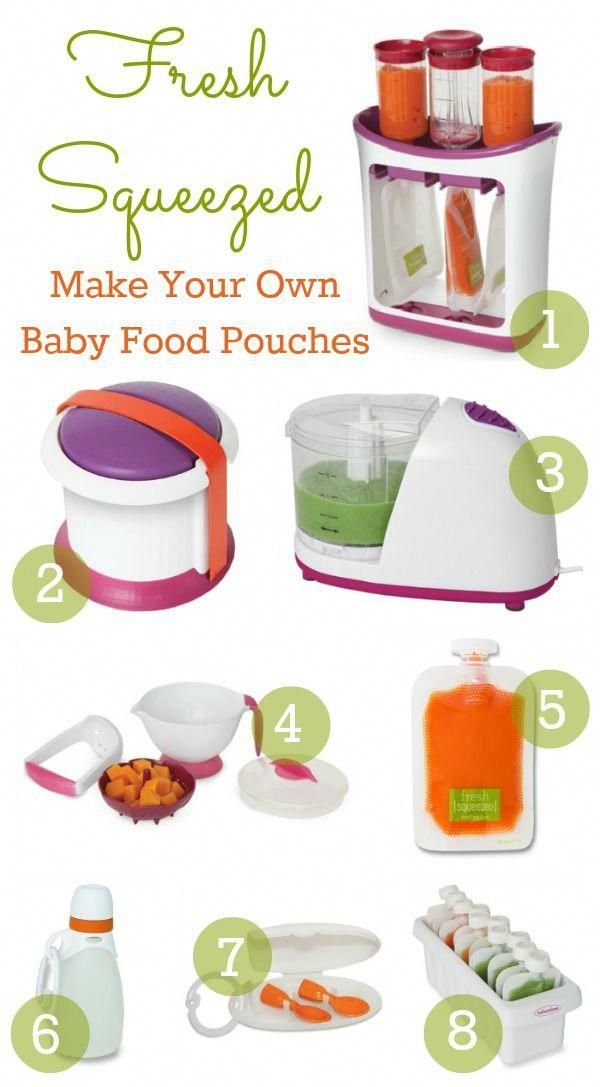 “Hot spots” could result. Instead, transfer the food from the jar to a microwave-safe dish and cover before microwaving.
“Hot spots” could result. Instead, transfer the food from the jar to a microwave-safe dish and cover before microwaving. - Always transfer the desired amount of food from the jar to a separate dish. Feeding infants directly from the jar may introduce bacteria into the food that can cause foodborne illness if used at a later feeding.
- Stir food and turn the dish often during the microwave process to distribute the heat evenly. Let stand for at least 30 seconds, then stir again.
- Taste-test the food with a different utensil before serving. Babies should not be fed foods heated higher than 90 F to 120 F. In many microwaves, this means heating 4 ounces of food for only 15 seconds.
- Avoid microwaving baby food meats, eggs or other high-fat foods. Due to the high fat content of these foods, splattering and overheating may occur easily. These foods and others can be heated safely over hot water instead.
- To warm food on the stove, place it directly in a saucepan over low heat and warm slowly.
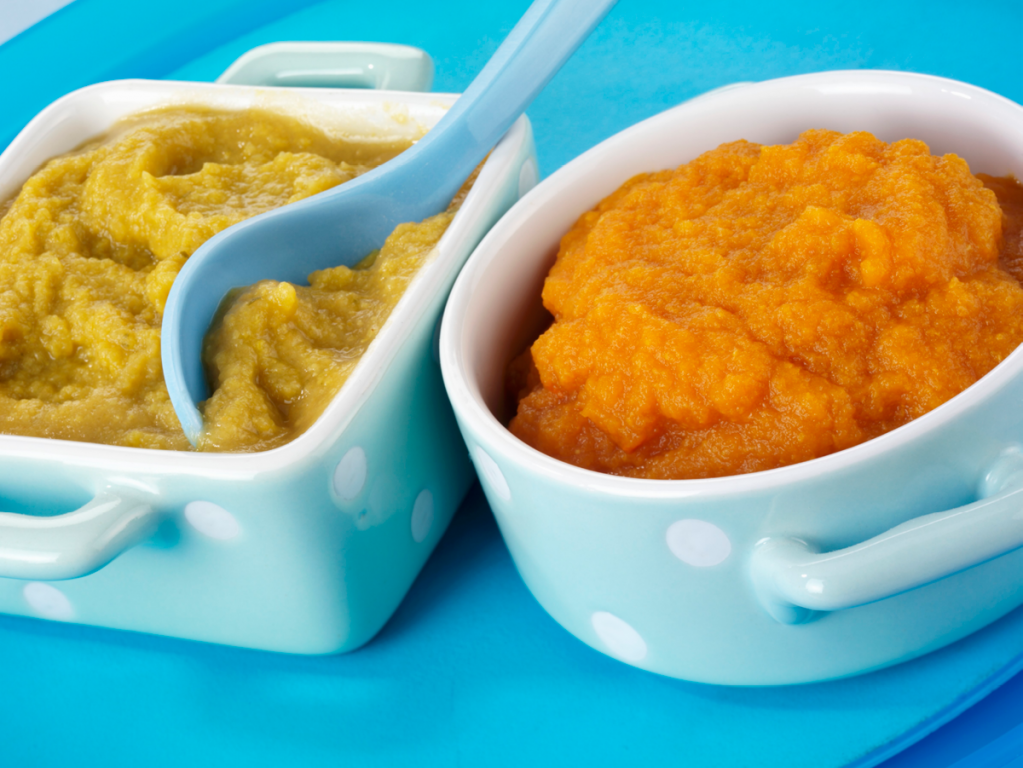 Stir often during the heating process and taste-test using a separate spoon before serving.
Stir often during the heating process and taste-test using a separate spoon before serving. - Throw away leftovers to avoid food poisoning. Harmful bacteria from the baby’s mouth may be introduced into the food, where it can grow and multiply even after refrigeration and reheating.
This material is based upon work supported by the Cooperative State Research, Education and Extension Service, U.S. Department of Agriculture, under Agreement No. 2002-51110-01512.
Multicooker for baby food: selection and reviews
› ›
A multicooker is a useful and quite compact device that will allow mom to cook almost any dish from the children's menu. But how to choose the right model?
Photo: depositphotos.com. Author: Jim_Filim.
Contents
- Benefits
- Varieties
- Table of demanded modes
- What is important when choosing?
- Overview of popular models
- Parent reviews
Benefits
- Save time.
 Every mother knows that with the advent of the baby, free time disappears without a trace. The slow cooker allows you to save precious minutes, and even hours, by greatly simplifying the cooking process: just put the products indicated in the recipe in a container, and the device will extinguish or fry them on its own. nine0016
Every mother knows that with the advent of the baby, free time disappears without a trace. The slow cooker allows you to save precious minutes, and even hours, by greatly simplifying the cooking process: just put the products indicated in the recipe in a container, and the device will extinguish or fry them on its own. nine0016 - The non-stick container of any modern multicooker is easy to clean: nothing sticks in it, so it is enough to clean the walls and bottom with a soft sponge and wipe the entire surface with a dry towel.
- The "Delay start" mode is remarkable in that you can put food into the appliance in advance, and cooking will start at the right time. At this time, you can sleep, go to the shower or play with the child.
- The "Auto Keep Warm" feature keeps food warm for as long as you need it without having to reheat dinner. nine0016
- Save money and space in the kitchen. A multi-cooker for children with a set of necessary options will eliminate the need to buy a sterilizer, a yogurt maker, a pressure cooker and a bottle warmer.

- "Baby food" mode allows you to quickly prepare food for your baby. However, the slow cooker will also provide healthy and tasty food to nursing mothers who are forced to adhere to a rather strict diet.
Varieties
- There are two types: regular and pressure cooker. The multi-cooker-pressure cooker has a steam valve that allows you to regulate the pressure and maintain the temperature up to 115 ° C. As a result, the cooking speed is significantly reduced. nine0016
- Devices are also divided by operating modes. But, as a rule, the functionality of any multicooker is much wider than can be understood from the labeling of the buttons or a brief technical description on the manufacturer's website.
- Today on sale you can find the so-called children's multicookers, and ordinary adults. The differences between them are in the volume of the bowl and power.
Key multicooker features for new parents:
- "Rice" - allows you to cook pasta, dumplings, pilaf, dumplings, potatoes and vegetables;
- "Buckwheat" - suitable for cooking any cereals;
- "Steam cooking" - the mode is convenient for heating ready meals;
- "Baking" - suitable for browning meat, vegetables or fish;
- "Stewing" - can be used for stewing meat and vegetables, preparing children's soups, jelly and baked milk.
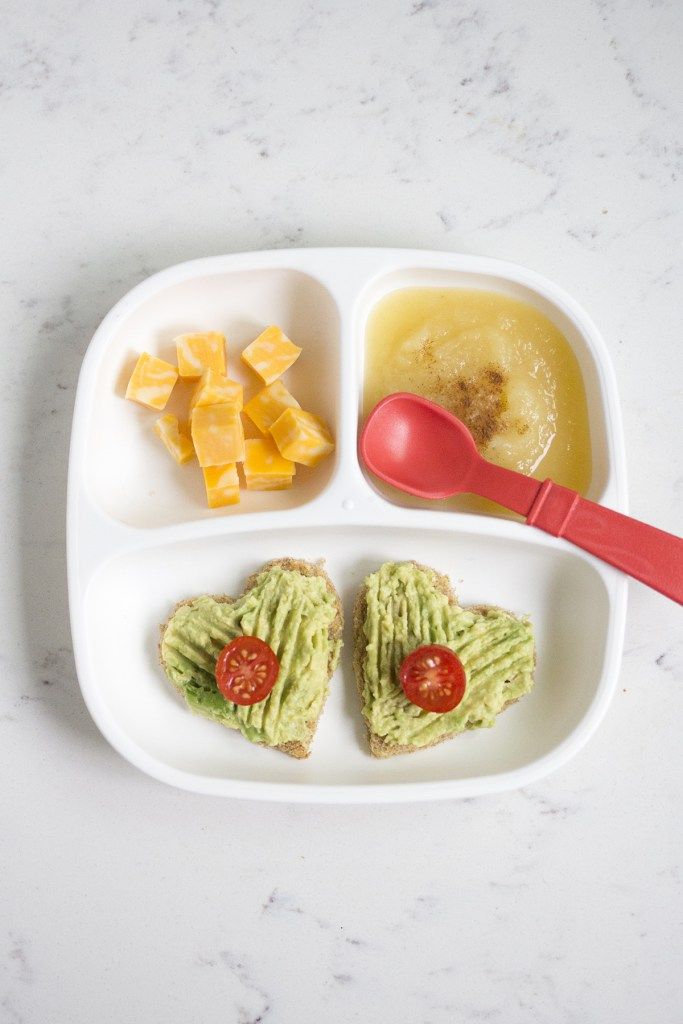
Many devices have additional functions for milk cereals, yogurt, baby food, etc.
Table of demanded modes
| Mode name | Features | What to cook |
|---|---|---|
| Buckwheat | Cereals requiring long cooking time: hard rice, buckwheat, pearl barley, millet. Legumes (peas, beans, chickpeas) - it is better to soak before cooking overnight. | |
| Pilaf | Automatic mode. In the last 10 minutes, crisp frying is activated. | Pilaf, baked potatoes, fried dumplings, as well as cereals that boil quickly: soft rice (for example, arborio), buckwheat, corn grits, etc. |
| Milk porridge | min., suitable for whole grains) or manual. | Milk porridge made from whole grains of oats, rice, ground barley or corn grits, millet, pureed soups with a short cooking time. nine0084 |
| Steam cooking | Uses a special simmer container. You can cook 2 dishes at the same time. You can cook 2 dishes at the same time. | Vegetables, fish, manti, dumplings and dumplings, steamed eggs. |
| Baking | Operating temperature 180°C. Suitable for baking and roasting. Operates with the lid open. To get a crust, the pastry is turned over. | Pastries (pies and mannas), fried meat, meatballs, fried potatoes, fried soup. nine0084 |
| Simmering | For long-term simmering at just over 100 °C. | Stews of meat and vegetables, soups that require a long cooking time, jelly. |
| Soup | Can be combined with steam cooking. Until the water boils, the heating is maximum, then it decreases. | Soups, compotes, minced meat dishes - meatballs, hedgehogs, soup base (if there is no “Baking” mode). |
| Multicooker | You can set not only the cooking time, but also the temperature. Suitable for experienced housewives and proven recipes. nine0084 | All meals, including homemade yoghurts.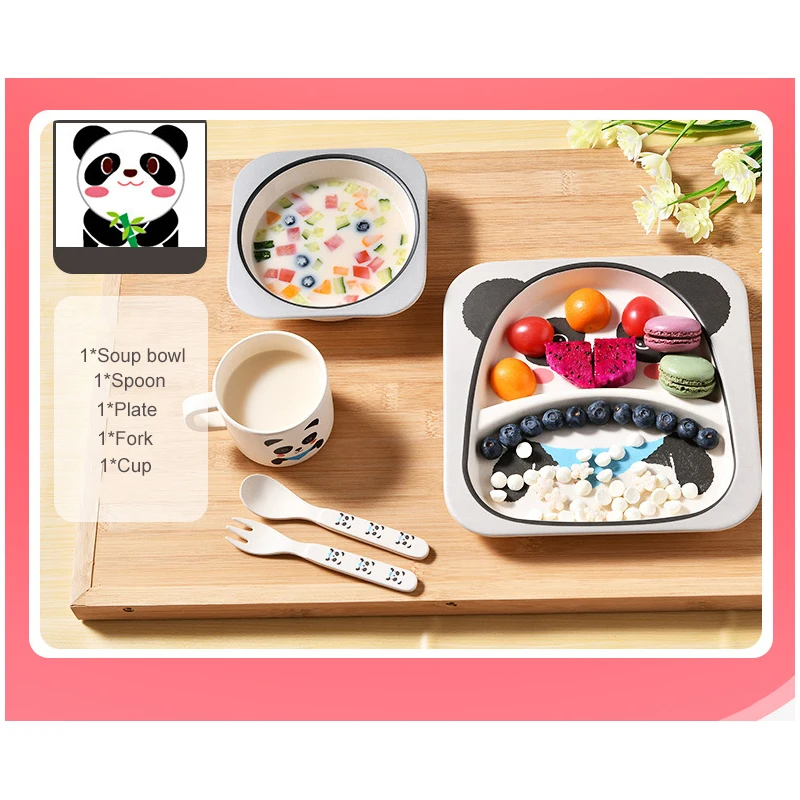 |
| Roasting | High temperature to brown. | Fish, meat, cutlets, potatoes. |
| Simmering | Similar to braising. But with a more complex program designed for long cooking. | Jelly, home-made preparations, baked milk. |
| Paste | Divided into 2 stages. First, we pour water and wait for the signal from the device, after which we start the products. nine0084 | Macaroni, sausages, dumplings, dumplings and other convenience foods. |
| Reheat | Not to be confused with the reheat mode, which starts automatically when other modes are completed. | Any food that needs to be reheated. |
What is important when choosing?
There are a few key things to consider when buying a multicooker.
- Bowl capacity. For small portions or baby food, a slow cooker with a bowl of 1 liter is suitable. It is better to entrust the preparation of dishes for a large family to a large device with a bowl of up to 6 liters.
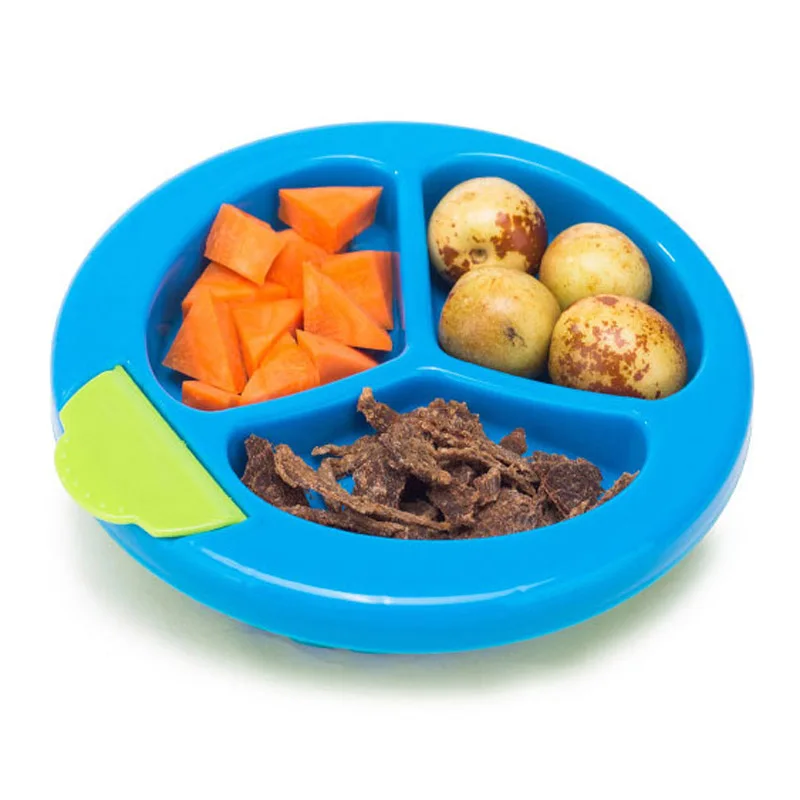 Please note: the smaller the vessel, the faster the food is cooked in it. nine0016
Please note: the smaller the vessel, the faster the food is cooked in it. nine0016 - Power. Average: 600-800 watts. It depends on the cooking speed. But due to the frequent use of high-power appliances, the electricity bill also increases. Therefore, for baby food, you can take a weak device. Looking to feed the whole family? 650 W will be enough for a company of 4-5 people.
- Cooking programs (usually 5-10). For young mothers, it is very important that the steaming and stewing functions are available. It is desirable that a mode suitable for milk porridge be present, as well as the "Baby food" option. nine0016
- Additional features. For mothers of infants, the following will be especially useful: delayed start, sterilizer and automatic heating. A slow cooker with such functions will allow you to sterilize and warm the bottles. And thanks to the delayed start, you can take a nap next to the baby while the device prepares your next meal.
- Security. A good unit is necessarily equipped with a sealed valve to protect against burns.
Choose a slow cooker with a gentle steam release system. nine0016
The kit may also include nice little things: a recipe book, measuring cups and spoons, spatulas, a steamer insert. But the more modes and additional inventory, the higher the cost. Don't forget about it.
Overview of popular models
There are quite a few multicookers for baby food on the market today. Consider the most popular models for moms.
- Philips HD3060. The model is distinguished by a small bowl (only 2 liters) and low power (330 W). There are cooking modes: scrambled eggs, cereals, pastries and yogurts. This children's multicooker also has a delayed start function, manual operation, cooking time adjustment, automatic food heating, touch control. Two protection systems are installed: from network failures and blocking from children. The kit includes: inner removable lid, carrying handle, cups for yogurt. nine0016
- Redmond RMC-01. Compact device of low power, equipped with a two-liter capacity.
Of the additions useful for parents: the “Sterilizer” function and a book with children's recipes, spoons for liquid food.
- Marta MT-1960. More suitable for those who plan to cook for the whole family. The device has a power of 700 watts. And it has modes of stewing, baking, frying. But it also allows you to cook healthy children's food, as there is a double boiler mode and cooking various cereals.
- Redmond RMC-011. This model is an electric pressure cooker that can cook almost any baby food in minutes. Specifications: 2L bowl, 350W power, monochrome LCD display. Of the features: the device can be connected to a car cigarette lighter. A great option for those who like to travel with children. There are functions of delayed start and auto-heating. The number - 7 basic modes - includes: stewing, cooking soup, baby food and yogurt. nine0016
Parents' comments
Sergey Morkovnikov, Novosibirsk. I bought my wife a Philips multicooker. A bit pricey in my opinion, but my wife is very happy with it. Says baby mode replaces both sterilizer and bottle warmer. I know what he cooks in it for himself and for the child. And I prefer well-done food with a generous addition of butter. Lena Nevzorova, Kirov. I bought a multicooker from Redmond - and I'm not overjoyed! Saves a lot of time, many modes, but it is very easy to figure out what's what. Previously, I cooked only for the child, but now for everyone. We took it with us several times when we went to another city - you can connect it in the car to warm it up. Very comfortable and not too expensive! nine0003
Tatyana Popova, Achinsk. I bought Martha 1960, but I rarely cook: I don’t really like the taste of such food. If you fry the meat - then to a crust, and pasta is easier to cook in a saucepan. Yes, and I buy either ready-made mashed potatoes for my child, or I cook meat and vegetables in water. Absolute waste of money in my opinion.
How to choose a baby food blender?
Share with friends:
Author: Ekaterina Zaitseva
Kindergarten "Smile".
Catering in MBDOU "Kindergarten "Smile"
Four meals a day are organized in the kindergarten: breakfast, second breakfast, lunch, dinner, according to the approved 10-day sample menu.
When preparing menu , very important conditions are taken into account - the maximum variety of dishes with the obligatory introduction of all food groups into it, including meat, fish, dairy products, fresh fruits and vegetables in their natural form, in the form of salads, etc., as well as an exception frequent repetition of dishes during the validity period of the menu. Nutrition should meet the physiological needs of children for basic nutrients and energy. nine0003
Between breakfast and lunch, an additional meal is organized - a second breakfast, including juice or fresh fruit.
Food products supplied to the kindergarten have documents confirming their origin, quality and safety. The quality of the products is checked by the storekeeper and makes an entry in the log "journal of rejection of perishable food products". Food products with an expired shelf life and signs of spoilage are not allowed to be accepted.
Vegetables are accepted from the population. Fruits, dairy products, fish, meat are purchased at the store. Meat is also purchased from the population only with a veterinary certificate. Registration of veterinary accompanying documents passes through the FGIS "Mercury". nine0003
For the supply of bakery products, an agreement was signed with PO Mezen. Bread is delivered to the kindergarten in the morning every day.
For the supply of food products, an agreement was concluded with U Rebye LLC. All products have quality certificates. Upon acceptance, the products are reweighed and checked against invoices.
Drinking regime is organized in groups. Boiled water is used (shelf life is not more than 3 hours). Drinking water is within the reach of children.
In order to improve vitamin status, normalize metabolism, reduce morbidity, improve the health of the younger generation, in kindergarten, in accordance with the requirements of regulatory documents (SanPiN 2.3 / 2.4.3590-20) "C" is carried out - fortification. Vitaminization of third courses is carried out in accordance with the instructions for the use of premixes.
Vitamin preparations are introduced into the third dish (compote or jelly). After its cooling to a temperature of 15 0 C. (for compote) and 35 0 C. (for jelly) immediately before implementation. Reheating fortified meals is not allowed.
Every day, the storekeeper draws up a menu-requirement of the established sample, indicating the output of dishes for children of different ages. nine0003
Meal replacements for children with food allergies and diabetes.
Parents (legal representatives) are daily informed about the range of food for the child, a daily menu of the established sample is posted in each group cell.
Kitchen equipment.
The catering unit is provided with all the necessary technological equipment:
- PPU cooling chamber with a monoblock low-temperature MV 1089-1pc;
- PPU cooling chamber with monoblock medium temperature MV 1089-1 PC;
- medium-temperature single-leaf refrigerating cabinet (volume 700 l) ШХ-0.7-2 pcs;
- 1 refrigeration cabinet for waste;
- potato peeler complete with stand with sieve -PL-LC \ 8;
- wiping machine MPR-35OM-02 - 1 piece;
- vegetable cutter for raw vegetables MPR -350 - 1 piece;
Juicer with shredder -1 pc;
- industrial all-metal table (1200x600x850) -5 pcs;
- all-metal production table (950x600x850) -2 pcs;
- industrial all-metal table (1500x600x850) -4 pcs;
- refrigerating cabinet ШХ-1.4-1 pc;
- universal kitchen machine UKM 0.1 - 1 pc;
- cutting deck - 2 pcs;
- electronic scales - 3 pcs;
- 4-burner electric stove - 3 pcs;
- roasting cabinet - 1 piece;
- combi steamer - 1 pc;
- electric boiler - 1 piece;
- electric tilting frying pan - 1 piece; nine0003
- irradiator-air recirculator, ultraviolet bactericidal - 1 pc;
- table food warmer for first courses SB-6000 Convito-2pcs;
- table food warmer for second courses ZCK165A Convito-2pcs;
- electronic floor scales - 1 pc.
The catering unit is provided in full with kitchen utensils, inventory, and furniture.
The catering unit has: a hot shop, a cold shop, a meat and fish shop, a vegetable shop, a pantry of vegetables with primary processing, a room with refrigeration equipment for storing perishable products, a washing room for kitchen utensils, a room for cleaning equipment, a staff room, a bathroom, a pantry and a washing room containers, shower. nine0003
Production equipment, cutting equipment and utensils meet the following requirements:
- all-metal tables intended for food processing;
- for cutting raw and finished products there are separate cutting tables, knives and boards made of hardwood without cracks and gaps, smoothly planed. Cutting boards of plastics and pressed plywood are not allowed;
- boards and knives are marked: "CM" - raw meat, "SK" - raw chickens, "SR" - raw fish, "SO" - raw vegetables, "VM" - boiled meat, "VR" - boiled fish , "VO" - boiled vegetables, "gastronomy", "Herring", "X" - bread, "Greens"; nine0003
- utensils used for preparing and storing food that are safe for children's health;
- compotes and kissels are prepared in stainless steel dishes. Separate dishes are allocated for boiling milk;
- the number of tableware and cutlery used at the same time corresponds to the list of children in the group. For staff there is a separate tableware. Dishes are stored in the buffet. The catering unit is equipped with a supply and exhaust ventilation system. Cleaning is carried out daily in the premises of the catering unit: mopping, dust removal, wiping radiators, window sills; weekly, with the use of detergents, washing of walls, lighting fittings, cleaning of glasses from dust and soot, etc. is carried out. Once a week, general cleaning is carried out, followed by disinfection of all premises, equipment and inventory. nine0230 Children's nutrition follows the principles of gentle nutrition, which include the use of certain methods of cooking, such as boiling, steaming, stewing, baking and avoiding frying of dishes, as well as products with irritating properties. From the moment of preparation to the holiday, the first and second courses can be on a hot stove for no more than 2 hours. All dishes are homemade; are prepared in accordance with technological maps, sanitary standards.
When processing vegetables , the following requirements are met:
- Vegetables are sorted, washed and cleaned. Peeled vegetables are washed again in running drinking water for at least 5 minutes in small batches, using colanders, nets.
When cooking vegetables, to preserve vitamins, peel the peel with a thin layer, peel them immediately before cooking, put vegetables only in boiling water, add fresh herbs to ready-made dishes during distribution. Vegetables intended for salads and vinaigrettes are boiled in their skins, cooled and cut into boiled vegetables. Salads are prepared and dressed immediately before distribution. Cooking vegetables on the eve of the cooking day is not allowed. Vegetables boiled for salads are stored in the refrigerator for no more than 6 hours. nine0003
Vegetable oil is used as salad dressing. The use of sour cream and mayonnaise for dressing salads is not allowed.
- Peeled potatoes, root crops and other vegetables can be stored in cold water for no more than 2 hours to avoid their darkening and drying.
- Vegetables harvested last year (cabbage, onions, root crops, etc.) in the period after March 1 may be used only after heat treatment.
Fruits, including citrus fruits, are thoroughly washed in the conditions of the primary vegetable processing shop (vegetable shop), and then again in the cold shop in washing baths. nine0003
Milk must be boiled before consumption.
Issuance of ready-made food is carried out after the acceptance control by a rejection commission consisting of a cook, a head nurse, and a senior nurse. The control results are recorded in a special journal.
Immediately after cooking, a daily sample of the finished product is taken. The daily sample is taken in volume: portioned dishes - in full; cold appetizers, first courses, side dishes, third and other dishes - at least 100 g.



